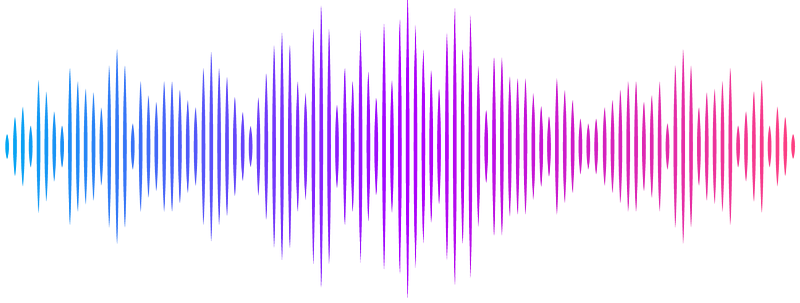FGF2 binds to the allosteric site (site 2) and activates integrin αIIbβ3 and FGF1 binds to site 2 but suppresses integrin activation by FGF2: A potential mechanism of anti-thrombotic action of FGF1.

FGF2 binds to the allosteric site (site 2) and activates integrin αIIbβ3 and FGF1 binds to site 2 but suppresses integrin activation by FGF2: A potential mechanism of anti-thrombotic action of FGF1.
Takada, Y. K.; Wu, X.; Wei, D.; Hwang, S.; Takada, Y.
AbstractIt has been believed that platelet integrin IIb{beta}3 recognizes fibrinogen and several ECM proteins, and we recently showed that IIb{beta}3 binds to several inflammatory cytokines (e.g., CCL5, and CXCL12), which are stored in platelet granules. These ligands bind to the classical ligand (RGD)-binding site (site 1) of integrin IIb{beta}3. Also, they bind to the allosteric site (site 2) of IIb{beta}3, which is distinct from site 1, and allosterically activate IIb{beta}3. Site 2 is known to be involved in allosteric integrin activation and inflammatory signaling. FGF2 is also stored in platelet granules and known to be pro-thrombotic, but it is unclear if FGF2 binds to IIb{beta}3. We studied if FGF2 and its homologue FGF1 bind to IIb{beta}3 and induce allosteric activation. FGF1 (not stored in platelet granules) is known to be anti-thrombotic. Mechanism of anti-thrombotic action of FGF1 is unknown. Here we describe that FGF1 and FGF2 bound to site 1 of IIb{beta}3, indicating that IIb{beta}3 is a new receptor for FGF1/2. Notably, FGF2 bound to site 2 and allosterically activated IIb{beta}3. Point mutations in the site 2-binding interface of FGF2 suppressed this activation, indicating that FGF2 binding to site 2 is required for activation (FGF2 is an agonist to site 2). In contrast, FGF1 bound to site 2 but did not activate IIb{beta}3, and instead suppressed integrin activation induced by FGF2, indicating that FGF1 acts as an antagonist of site 2. A non-mitogenic FGF1 mutant (R50E), which is defective in binding to site 1 of v{beta}3, suppressed IIb{beta}3 activation by FGF2 as effectively as WT FGF1. We propose that FGF1 R50E has therapeutic potential for anti-thrombosis.
